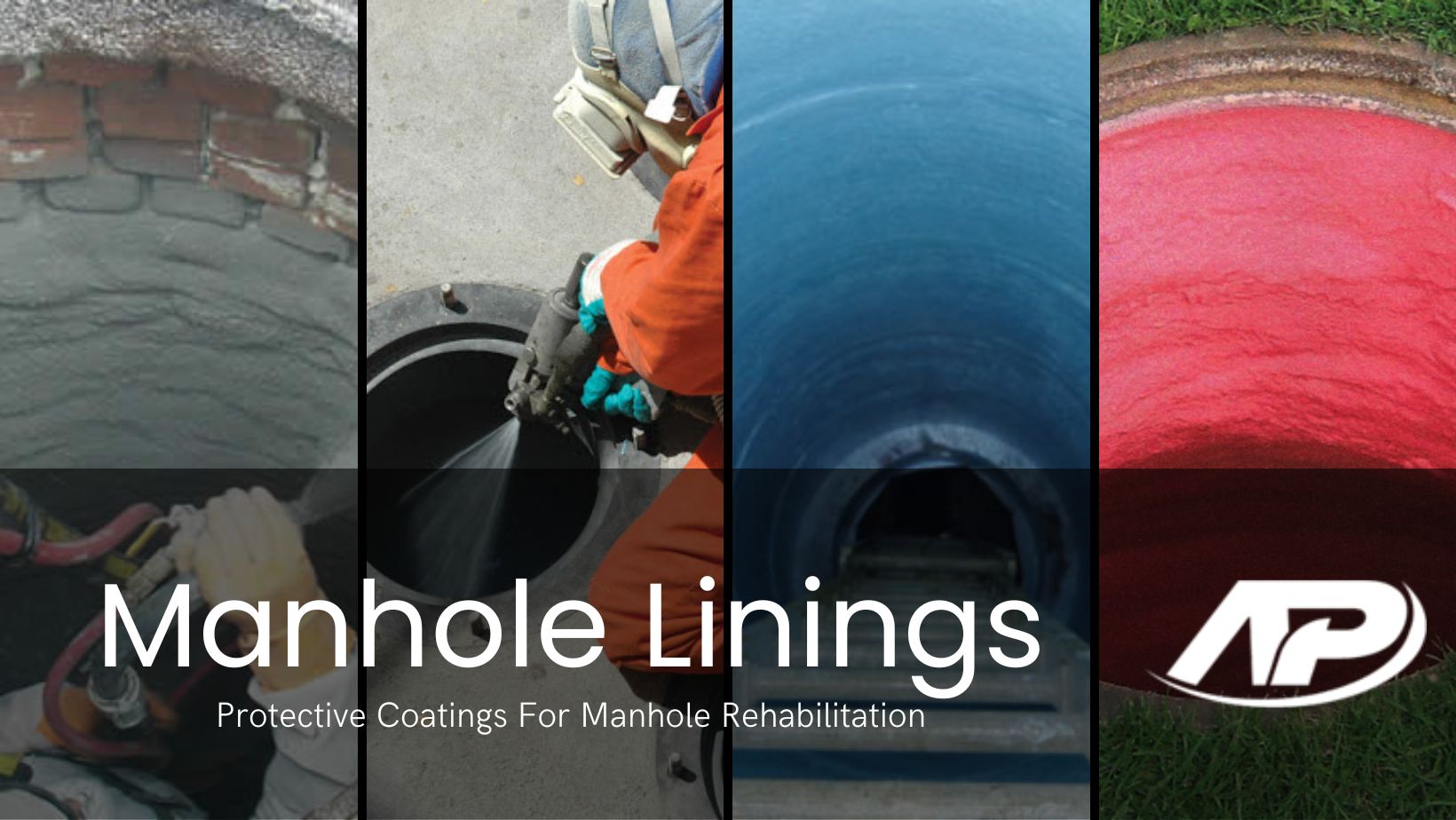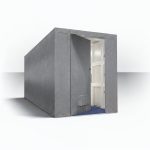
Manholes and sewer systems are critical components of urban infrastructure, constantly exposed to harsh environmental conditions and daily wear. Ensuring their longevity and resilience is essential for maintaining public safety and operational efficiency. Polyurea has emerged as a superior solution for protecting these structures, offering unmatched durability, flexibility, and resistance to corrosion and chemical degradation.
Why Polyurea is the Preferred Choice for Manhole and Sewer Lining
Polyurea is a high-performance coating created by the reaction of an isocyanate with a polyol-based resin. This chemical composition results in a polymer that is both highly flexible and incredibly durable—qualities that make it an ideal material for lining manholes and sewer systems. Unlike traditional materials such as epoxy or cementitious coatings, polyurea provides a seamless, impermeable barrier that withstands constant exposure to moisture, hydrogen sulfide gases, and aggressive chemicals found in wastewater environments.
One of the key advantages of polyurea is its rapid curing time. Once applied, the material solidifies within minutes, allowing for faster project completion and minimal service disruptions. This is particularly beneficial for municipalities looking to complete maintenance work efficiently while reducing labor and operational costs.
The Structural and Protective Benefits of Polyurea
Beyond its durability, polyurea exhibits exceptional resistance to abrasion, impact, and chemical exposure. These properties are crucial for environments where constant flow, pressure fluctuations, and shifting soil conditions put significant stress on infrastructure. Unlike other coatings that may crack or degrade over time, polyurea remains intact, maintaining its protective barrier even in extreme conditions.
Additionally, polyurea coatings can be applied at various thicknesses, allowing engineers and applicators to tailor the level of protection based on the specific needs of a structure. Whether addressing minor surface degradation or reinforcing severely deteriorated manhole walls, polyurea offers a scalable solution that extends the service life of critical wastewater assets.
Simplified Application and Long-Term Cost Savings
The application process for polyurea is both efficient and cost-effective. Applied using a high-pressure spray system, polyurea forms an even, seamless coating in a single pass. Unlike other lining systems that require multiple layers or extensive surface preparation, polyurea adheres directly to concrete, metal, and plastic surfaces, creating a monolithic seal without the need for primers or reinforcement layers.
From an economic standpoint, polyurea coatings significantly reduce long-term maintenance expenses. Their durability and resistance to environmental stressors minimize the need for frequent repairs or replacements. When installed and maintained correctly, a polyurea-lined manhole or sewer structure can provide decades of reliable performance, lowering the overall cost of infrastructure management for municipalities and utility companies.
Enhancing Sewer System Longevity with Polyurea
The aging sewer infrastructure in many cities faces increasing challenges, from root intrusion and chemical attack to groundwater infiltration and structural decay. Without proper protection, these issues can lead to costly failures, environmental contamination, and public health risks. By incorporating polyurea coatings into their maintenance programs, municipalities can proactively extend the lifespan of their sewer systems while ensuring compliance with regulatory standards.
Furthermore, polyurea’s adaptability makes it a practical solution for both newly constructed and rehabilitated sewer structures. Whether used for preventative maintenance or emergency repairs, it provides a fast, effective means of reinforcing manholes, lift stations, and sewer pipes against deterioration.
The Sustainable and Safe Choice for Infrastructure Protection
In addition to its mechanical properties, polyurea is an environmentally responsible choice for infrastructure protection. Many formulations are free of volatile organic compounds (VOCs) and hazardous solvents, making them safe for use in confined spaces and environmentally sensitive areas. Its non-toxic nature ensures that it does not leach harmful chemicals into surrounding soil or water sources, further supporting sustainability initiatives in urban development and wastewater management.
Conclusion
For municipalities and utility companies seeking a reliable, long-term solution for manhole and sewer protection, polyurea coatings offer a compelling advantage. With their unparalleled durability, rapid application, and cost-saving benefits, they are redefining how infrastructure maintenance is approached. By investing in polyurea technology, cities can enhance the resilience of their sewer systems, reduce maintenance burdens, and ensure the continued functionality of essential public services.
As the demand for efficient, high-performance infrastructure solutions grows, polyurea continues to prove itself as an indispensable tool for modern wastewater management.







